Yoga mats typically last between 1 to 10 years depending on their material, frequency of use, and maintenance. PVC mats are durable, lasting up to a decade with proper care. TPE and natural rubber mats have a moderate lifespan of 1 to 5 years and 4 to 6 years respectively. Proper cleaning and storage can extend a mat's life.
A yoga mat is far more than a simple accessory; it’s a silent, steadfast partner accompanying you through every pose and breath in your journey towards mindfulness and strength.
It’s essential to acknowledge that the type of mat you choose, its inherent durability, and understanding the signs of wear and tear that signal replacement time, profoundly influence the quality, safety, and efficacy of your practice.
Recognizing these aspects ensures a practice that is not only rewarding but also seamlessly integrated into your yoga journey, fostering both physical and mental resilience.
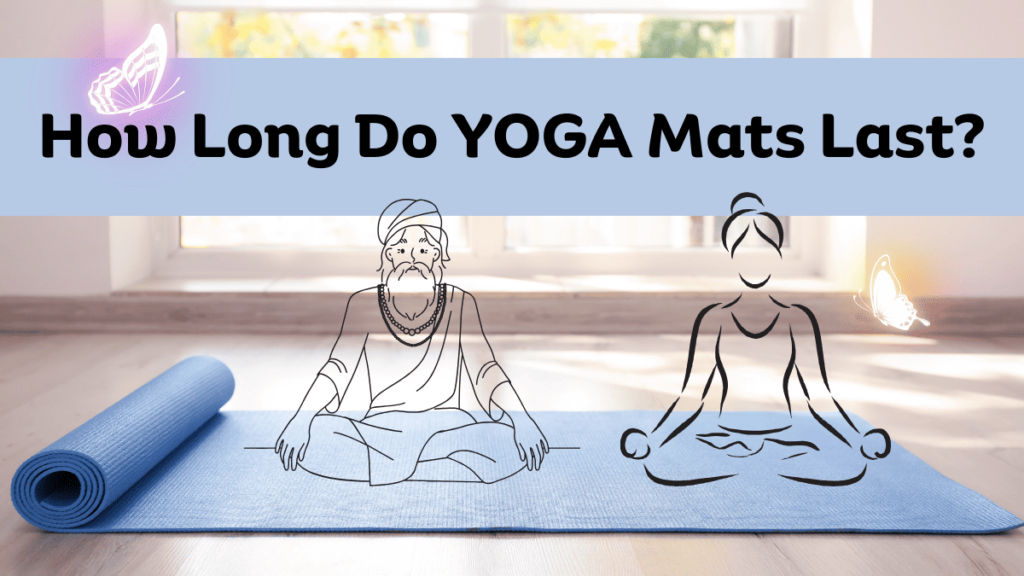
Types of Yoga Mats
PVC Mats
PVC (Polyvinyl Chloride) mats are popular for their durability and support. These mats are resilient, providing a stable surface for practitioners.
Description and Characteristics:
- Durability: Known for longevity, resisting wear and tear effectively.
- Support: Offers firm support, ideal for those who prefer a solid surface.
- Eco-Impact: Less eco-friendly compared to other materials available.
Typical Lifespan and Durability:
- With proper care, PVC mats can last over a decade, providing value for their cost.
TPE Mats
TPE (Thermoplastic Elastomer) mats are appreciated for being environmentally friendly while still providing the cushioning and support needed for a comfortable practice.
Description and Characteristics:
- Eco-Friendly: Made with recyclable materials, reducing environmental impact.
- Lightweight: Easy to carry, making them ideal for yogis on the go.
- Cushioning: Offers comfortable padding, supporting joints during practice.
Typical Lifespan and Durability:
- TPE mats have a moderate lifespan, often serving well for 1 to 5 years depending on usage and care.
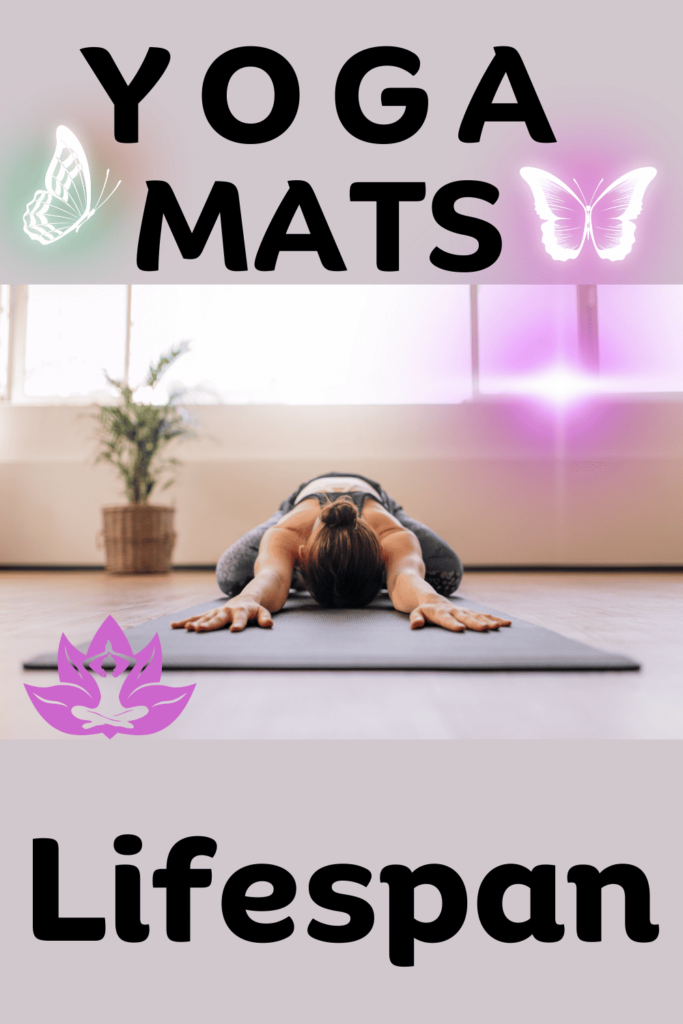
Natural Rubber Mats
Natural Rubber mats offer excellent grip and are eco-friendly but may not be suitable for individuals allergic to latex.
Description and Characteristics:
- Grip: Superior grip for stability during complex poses.
- Eco-Friendly: Made from sustainable resources, reducing environmental footprint.
- Allergen Alert: Not suitable for practitioners with latex allergies.
Typical Lifespan and Durability:
- These mats can last between 4 to 6 years with proper maintenance.
Other Materials
Mats are also available in materials like cotton and jute, each with unique characteristics.
Brief Mention of Lifespan:
- Lifespan varies, with cotton and jute mats often lasting between 1 to 3 years.
| Type of Mat | Description & Characteristics | Typical Lifespan |
|---|---|---|
| PVC Mats | – Durable and supportive – Resistant to wear and tear – Less eco-friendly | Over a decade with proper care |
| TPE Mats | – Eco-friendly (recyclable) – Lightweight – Offers comfortable padding | 1 to 5 years depending on usage and care |
| Natural Rubber Mats | – Excellent grip – Eco-friendly – Not suitable for those with latex allergies | 4 to 6 years with proper maintenance |
| Other Materials (Cotton, Jute) | – Varies, with unique characteristics for each | 1 to 3 years |
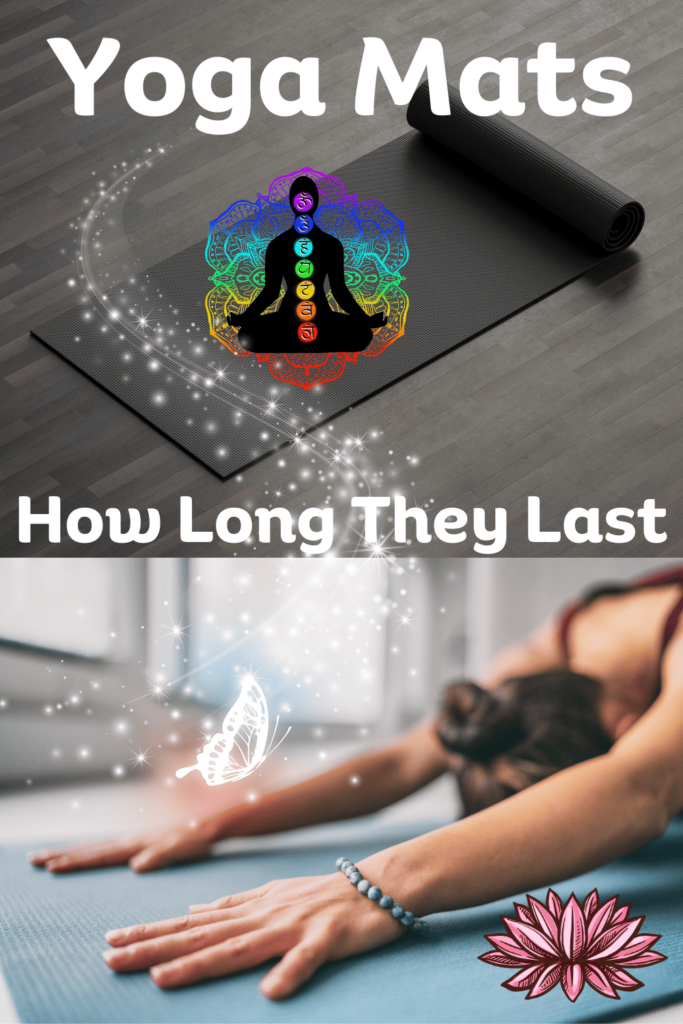
Identifying the Need for a New Yoga Mat
Unpleasant Odor from the Mat
Yoga mats can develop an unpleasant odor over time due to the accumulation of sweat and moisture. Persistent odor, even after cleaning, is a sign that it’s time for a new mat.
Loss of Traction
If your mat no longer provides sufficient grip, causing slipping and instability during practice, it’s a clear indicator for replacement.
Wearing Thin: The Mat Loses Thickness
A mat that has thinned over time will not offer adequate cushioning and support, making yoga practice uncomfortable and potentially harmful to your joints.
Balance Becomes a Challenge
If maintaining balance on your mat becomes increasingly difficult, inspect your mat for signs of wear and consider investing in a new one.
The Mat Begins to Flake or Peel
Visible signs of deterioration, such as flaking or peeling, are unmistakable indicators that your yoga mat needs replacement.
| Signs for Replacement | Description |
|---|---|
| Unpleasant Odor | Persistent odor even after cleaning due to sweat and moisture accumulation |
| Loss of Traction | Mat no longer provides sufficient grip, causing slipping and instability |
| Wearing Thin | Mat loses thickness, offering inadequate cushioning and support |
| Balance Issues | Difficulty maintaining balance due to wear signs |
| Visible Deterioration | Flaking, peeling, or other visible signs of deterioration |
Factors Influencing Yoga Mat Lifespan
Frequency of Use
The lifespan of a yoga mat is significantly influenced by how often it’s used. Mats used daily will naturally wear out faster than those used less frequently.
How Often Used:
- Daily practice accelerates wear and tear.
- Mats used infrequently may last longer due to reduced stress and strain.
Type of Yoga Practice
Different yoga styles have varying impacts on the mat. Intensive practices may cause faster deterioration compared to gentler forms of yoga.
Yoga Styles and Wear:
- High-intensity practices like Ashtanga or Power Yoga contribute to quicker wear.
- Gentle practices, such as Yin Yoga, result in slower wear and tear on the mat.
Cleaning and Maintenance
The way you clean and maintain your yoga mat plays a crucial role in determining its lifespan. Proper care can extend longevity, while improper cleaning techniques might cause damage.
Cleaning Practices:
- Regular, gentle cleaning can help extend the life of your mat.
- Using harsh chemicals or abrasive cleaning tools can damage the mat and shorten its lifespan.
Storage Conditions
The conditions under which a yoga mat is stored can also affect its durability and lifespan.
Storage Impact:
- Storing in a cool, dry place away from direct sunlight helps in maintaining the mat’s integrity.
- Mats stored in moist or humid areas are prone to developing mold and mildew, which can degrade the material over time.
| Factor | Description | Impact on Lifespan |
|---|---|---|
| Frequency of Use | How often the mat is used | Daily use accelerates wear and tear; infrequent use leads to longer lifespan |
| Type of Yoga Practice | The intensity and style of yoga practiced | High-intensity practices cause faster wear; gentle practices result in slower wear and tear |
| Cleaning and Maintenance | How the mat is cleaned and maintained | Proper care extends lifespan; improper cleaning can damage the mat |
| Storage Conditions | Where and how the mat is stored | Cool, dry storage extends lifespan; moist or humid storage can lead to material degradation |
Prolonging the Life of Your Yoga Mat
Pre-Practice Cleaning of Hands and Feet
Starting your practice with clean hands and feet minimizes the transfer of oils and dirt to the mat, helping to keep it clean and in good condition.
Pre-Practice Routine:
- Wash hands and feet thoroughly.
- Consider using sanitizing wipes for extra cleanliness.
Post-Practice Mat Cleaning
Cleaning your mat after each use is essential to remove sweat, oils, and dirt, which helps in preventing odors and degradation of the mat material.
Post-Practice Routine:
- Use a mild cleaner or a specialized yoga mat spray.
- Wipe the mat with a clean, dry cloth or air-dry it before storing.
Utilizing a Mat Towel
Using a yoga towel on top of your mat can absorb sweat and provide an additional layer of protection, helping to extend the life of your mat.
Benefits of Mat Towel:
- Towels absorb sweat and are easy to wash and replace, keeping the mat cleaner for longer.
Proper Drying Before Storage
Allow your mat to dry completely before storing it to prevent the growth of mold and mildew.
Drying Tips:
- Hang the mat or lay it flat in a well-ventilated area to dry.
- Ensure it is thoroughly dry before rolling it up and storing it.
Limiting Exposure to Sunlight
Extended exposure to sunlight can cause the mat’s colors to fade and the materials to degrade. Store your mat in a cool, dark place to prolong its life.
Sunlight Exposure:
- Avoid leaving the mat in direct sunlight for extended periods as UV rays can cause damage.
| Tips for Prolonged Life | Description |
|---|---|
| Pre-Practice Cleaning | Wash hands and feet to minimize transfer of oils and dirt |
| Post-Practice Cleaning | Clean mat after each use to remove sweat, oils, and dirt |
| Use of Mat Towel | Yoga towel absorbs sweat and provides additional protection |
| Proper Drying Before Storage | Allow mat to dry completely to prevent mold and mildew |
| Limit Sunlight Exposure | Avoid extended exposure to sunlight to prevent fading and material degradation |
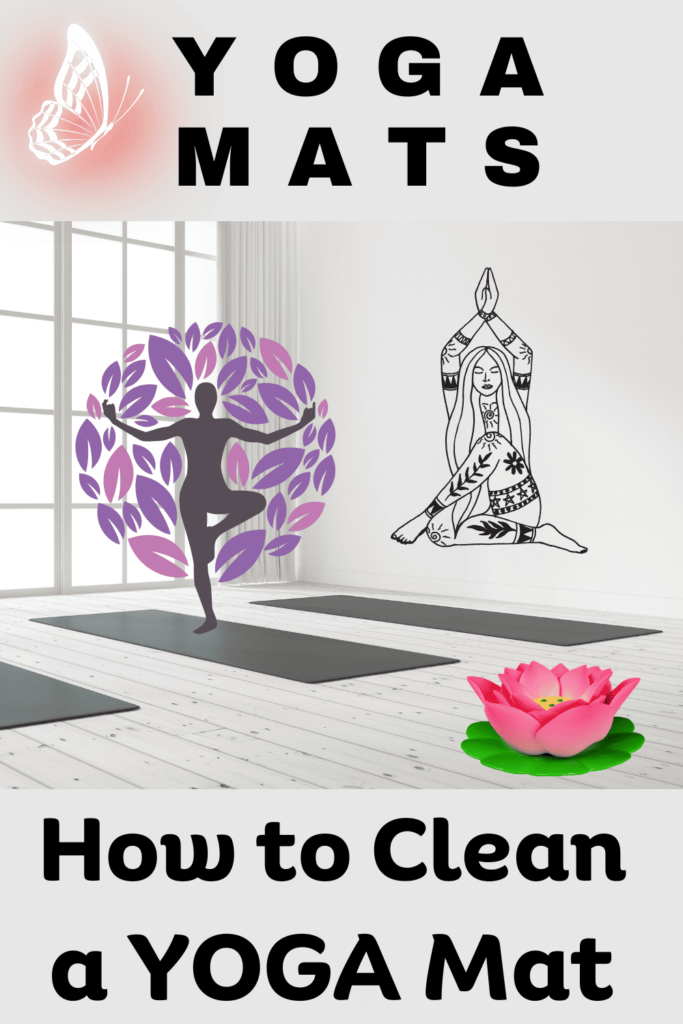
Cleaning Techniques for Yoga Mats
Homemade Yoga Mat Cleaning Solution
Maintaining cleanliness is crucial for the longevity of your yoga mat. A homemade cleaning solution is not only economical but also allows you to avoid harsh chemicals.
DIY Cleaner Recipe:
- Combine water and witch hazel in a 2:1 ratio.
- Add a few drops of essential oils like tea tree or lavender for their antimicrobial properties.
- Spray the mixture lightly on the mat and wipe it down with a clean cloth.
This DIY cleaner is easy to make with household items and is effective in keeping your mat fresh and clean without damaging its material.

Considerations When Purchasing a New Yoga Mat
Criteria for Selecting a New Yoga Mat
When the time comes to replace your old yoga mat, several factors should guide your selection process to ensure you get a mat that suits your needs and preferences.
Material:
- Consider the environmental impact, durability, and comfort level of the mat’s material.
- Eco-friendly options are available for environmentally conscious individuals.
Thickness:
- Mats come in various thicknesses. Select one that provides the cushioning you need without compromising stability and support during your practice.
Texture:
- The texture of the mat affects its grip and feel. Choose a texture that prevents slipping and feels comfortable against your skin.
Size:
- Ensure the mat is adequately long and wide to accommodate your body during various yoga poses.
Price:
- Yoga mats are available at different price points. While setting a budget is important, be prepared to invest in a quality mat that will offer support, comfort, and durability.
| Feature | Consideration |
|---|---|
| Material | Eco-friendliness, durability, comfort |
| Thickness | Adequate cushioning without sacrificing stability |
| Texture | Non-slip surface that is comfortable against the skin |
| Size | Sufficient length and width for various poses |
| Price | Set a budget but be willing to invest in quality |
Final Words
Choosing the right yoga mat that suits your needs is important for a comfortable and effective yoga practice.
Different mats are made from various materials, each with unique characteristics and lifespans.
It’s crucial to know when your mat needs replacement to ensure your safety and comfort during yoga sessions.
Remember to consider factors like the type of yoga you practice, how often you use the mat, and how well you maintain it, as these all influence how long your mat will last.
Proper care and storage of your yoga mat will not only prolong its life but also provide you with a consistent and supportive surface for your yoga practice.
When it’s time to buy a new mat, think about the material, thickness, texture, size, and price to find the one that best fits your preferences and needs.
With the right care and choice, your yoga mat can be a durable and reliable partner in your yoga journey.
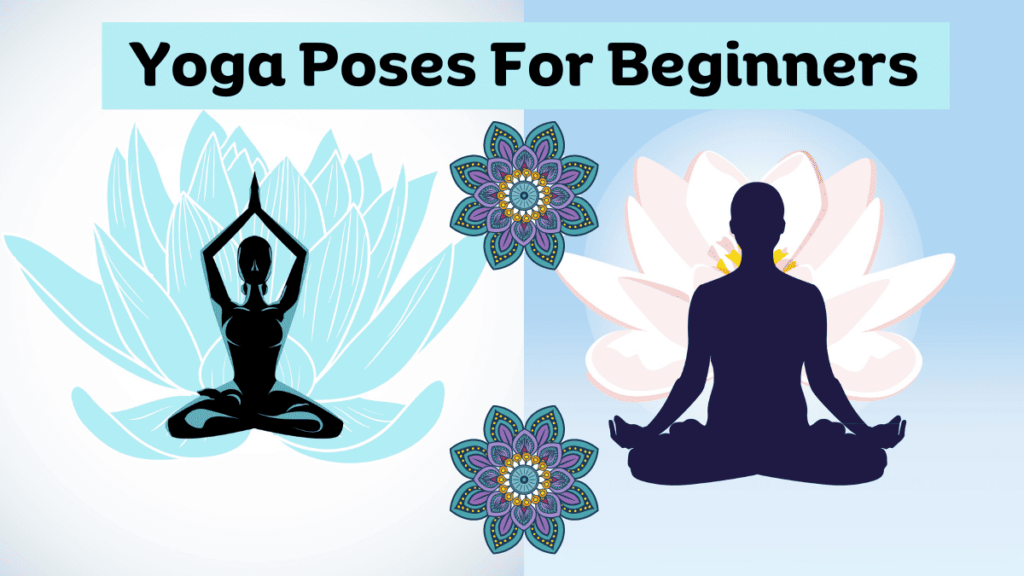
Frequently Asked Questions
Can I still use my yoga mat if it’s showing signs of wear but isn’t falling apart?
While a mat with minor wear can still be used, it may not provide the same level of support and comfort as a new mat. If the wear affects your practice or comfort, consider replacing it.
How can I dispose of my old yoga mat responsibly?
Many yoga mats are made from recyclable materials. You can check with local recycling facilities to see if they accept yoga mats. Alternatively, consider donating it or repurposing it into other useful items like knee pads for gardening.
Can I use a yoga towel as a replacement for a yoga mat?
A yoga towel can provide a layer of hygiene and improve grip, but it doesn't offer the same cushioning and support as a yoga mat. It's best used in conjunction with a mat.
Is it safe to use yoga mats in outdoor settings?
Yes, but outdoor surfaces can cause more wear and tear. After using it outdoors, clean it thoroughly, and avoid leaving it in direct sunlight for extended periods.
How do I know which thickness of yoga mat is right for me?
It depends on your personal preference and the type of yoga you practice. If you need more cushion for your joints, a thicker mat might be better. For more stability in standing poses, a thinner mat may be more suitable.
Can I share my yoga mat with others?
It's not recommended due to hygiene reasons. If you must share, clean the mat thoroughly between uses.
How do I get rid of the smell from a new yoga mat?
New mats often have a strong smell due to the materials used. This odor usually fades over time. To speed up the process, air out the mat in a well-ventilated area, avoiding direct sunlight.
Is a more expensive yoga mat worth it?
A higher price often reflects the quality, durability, and materials used in the yoga mat. Investing in a more expensive mat might be worth it if it enhances your comfort, supports your practice better, and lasts longer. However, your individual needs and budget should guide your decision.
Do I need two yoga mats?
Having two yoga mats can be beneficial if you practice both at home and in a studio, or if you engage in different types of yoga that require varying levels of cushion and support. Having a spare mat is also handy if one is drying or being cleaned.
You may also be interested in: 1. Yoga Mat vs Exercise Mat [Are They the Same?] 2. What Size Yoga Mat Do You Need? 3. Cork Yoga Mat [Pros and Cons]





